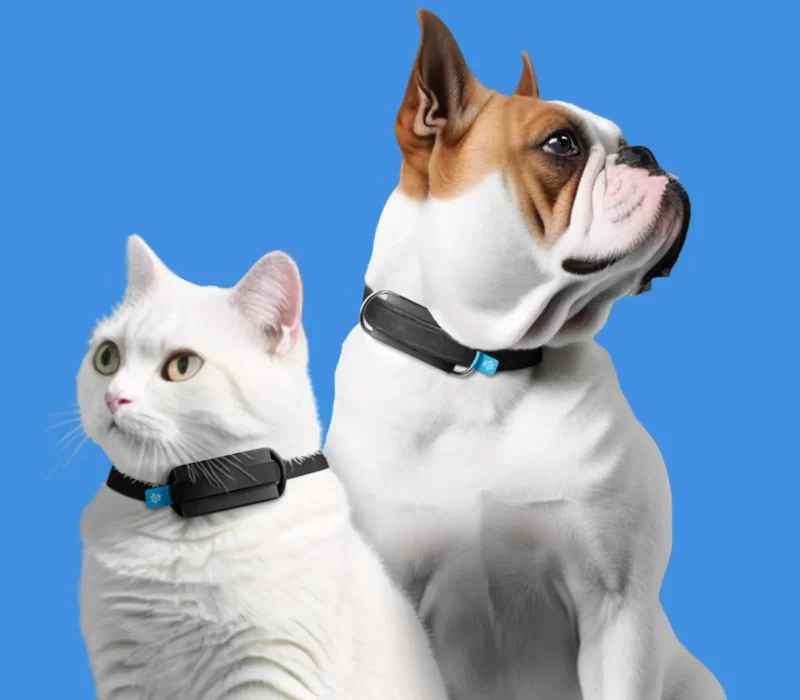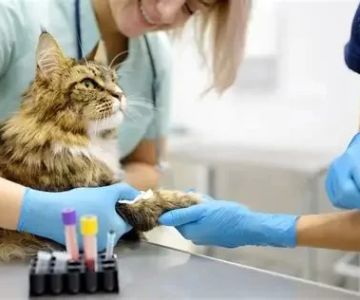- how-smart-collars-and-ai-are-changing-everyday-pet-care
- 1-what-makes-a-smart-collar-smart
- 2-ai-in-pet-health-its-more-than-just-steps
- 3-real-world-impact-from-worry-to-early-detection
- 4-how-hidden-brook-veterinary-integrates-smart-data
- 5-choosing-the-right-device-for-your-pet
How Smart Collars and AI Are Changing Everyday Pet Care
Pet owners in the U.S. are quickly embracing a new wave of technology that's quietly transforming how we care for our dogs and cats. Smart collars and AI-powered wearables now track everything from sleep patterns to heart rate—bringing the kind of data once reserved for fitness junkies or medical patients directly into pet parenting. But what do these devices really do, and how can they help your furry family member live a longer, healthier life?

9 Coffman Ave, Malvern, PA 19355, USA
See Details1. What Makes a Smart Collar “Smart”?
At first glance, many smart collars look like upgraded GPS trackers. But behind the sleek design lies a toolkit of sensors that monitor vital health stats. These may include:
- Resting heart rate and respiration
- Temperature tracking
- Activity levels (walks, play, rest)
- Sleep quality and cycles
- Barking patterns or vocalizations
Some collars even integrate with mobile apps to alert owners about changes in behavior, suggesting when it might be time to call the vet—or just take a longer walk. For example, a sudden decrease in activity could hint at joint pain, while increased scratching could signal allergies or fleas.
2. AI in Pet Health: It’s More Than Just Steps
Artificial intelligence steps in to interpret all this data. These platforms don’t just log your dog’s steps; they learn from patterns and flag irregularities. For example, if your pet normally sleeps eight hours but suddenly starts waking up frequently, the system may detect early signs of anxiety or illness.
AI also helps predict potential issues before symptoms become obvious. Think of it like having a virtual vet assistant always on duty, quietly observing and analyzing your pet's daily life—so you can step in early if needed.
3. Real-World Impact: From Worry to Early Detection
Consider Lily, a five-year-old golden retriever in Austin. Her owner, Taylor, noticed nothing wrong—until her smart collar pinged an alert showing lower-than-usual activity and slightly elevated temperature. A quick visit to the vet revealed an early-stage UTI. Thanks to the data, Lily was treated before she showed distress.
Stories like these are becoming more common as smart wearables go mainstream. In fact, some insurance companies are even beginning to offer discounts to pet parents who use such devices, viewing it as proactive health management.
4. How Hidden Brook Veterinary Integrates Smart Data
At Hidden Brook Veterinary, we encourage clients to share data from smart collars and pet wearables. This isn’t just “extra info”—it can help us form a more accurate health baseline for your pet. For dogs with chronic conditions like diabetes or arthritis, daily biometric trends are far more insightful than annual visits alone.
Our staff can help interpret wearable data in the context of your dog’s breed, age, and health history. That way, we’re not just reacting to problems—we’re preventing them.
5. Choosing the Right Device for Your Pet
Not all collars are created equal. Some focus purely on activity tracking, while others integrate with smart feeders or vet portals. When choosing a smart collar:
- Look for vet-reviewed devices with reliable data accuracy
- Ensure compatibility with your phone and lifestyle
- Check battery life and waterproof features (especially for dogs who love to swim)
Whether you're just looking for GPS tracking or full health analytics, there’s a product for every pet owner. And if you’re unsure where to start, reach out to our team at Hidden Brook Veterinary—we’re happy to guide you based on your pet’s specific needs and your budget.











